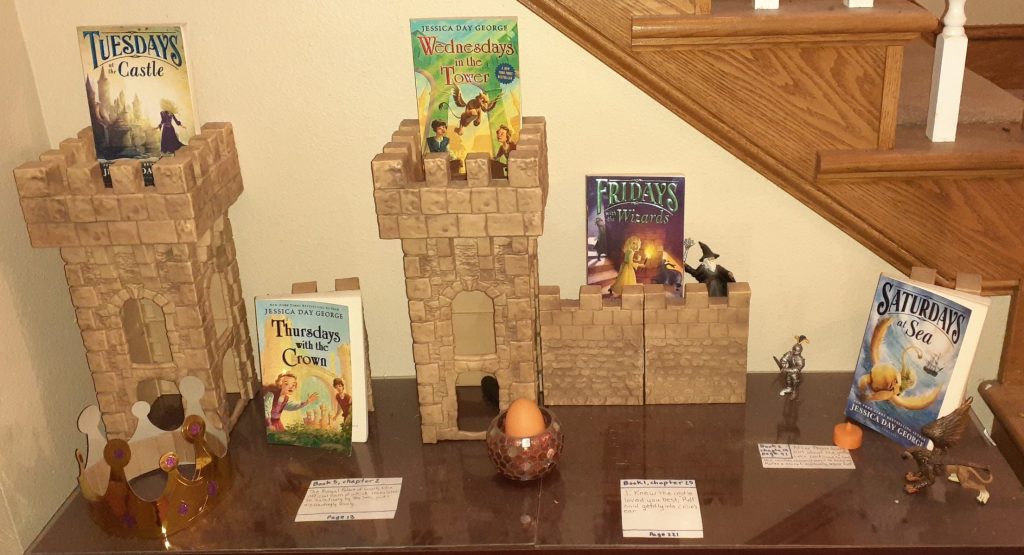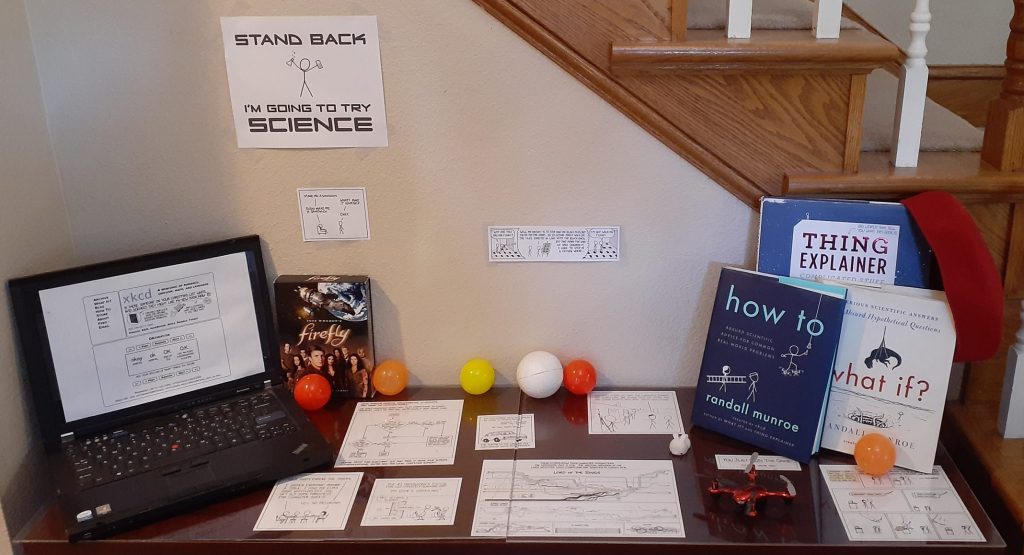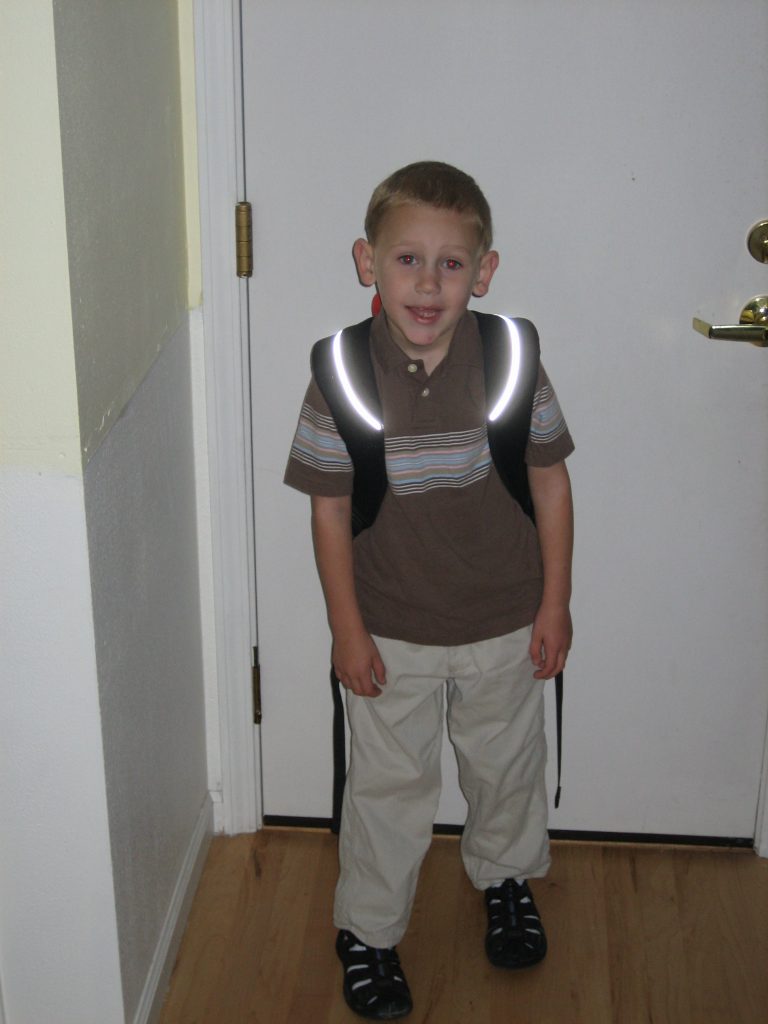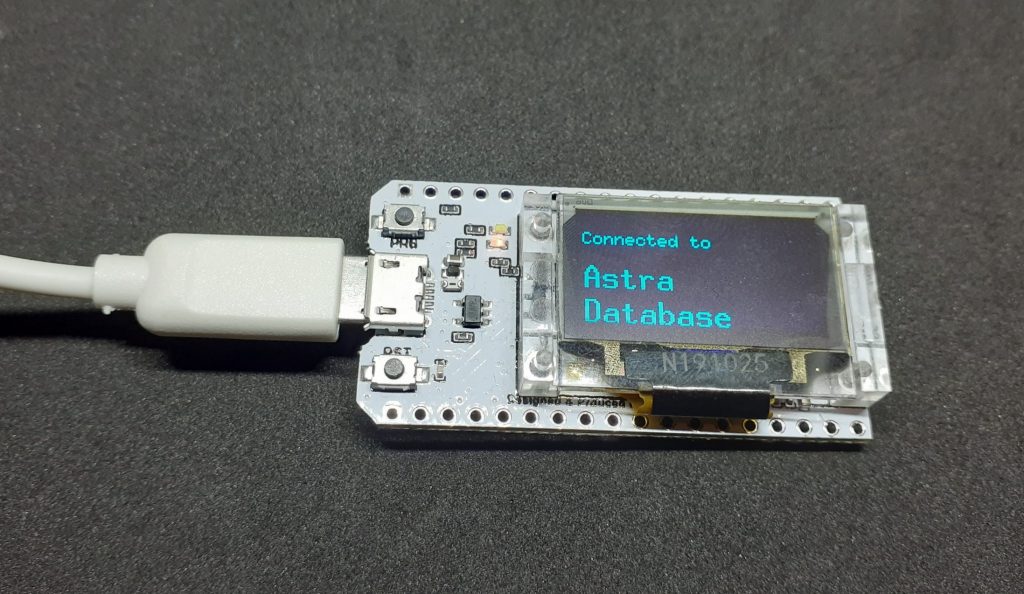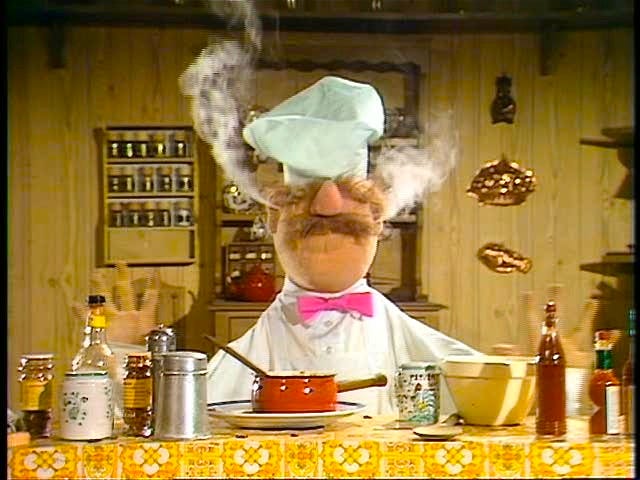
Recently the family has been watching The Muppet Show on the Disney+ platform. As has been widely publicized, some of the episodes are preceded with a content warning and so we have made it a game to try to determine the offending portion of the episodes that would merit the warning. For example, in the Steve Martin episode, was it when he sings in “Chinese”? Apparently the Swedish Chef is OK–he appears in many episodes without the warning including one where he speaks “Mock Japanese”.
Months before, while perusing the Internet, I came across a list of banned books (past and current) and found it contained a lot of great books. Going through the list I saw many that are already part of the home library, but also identified some gaps that needed to be filled. In particular there were a few books that I know my wife would enjoy so I obtained nice, hardbound copies.
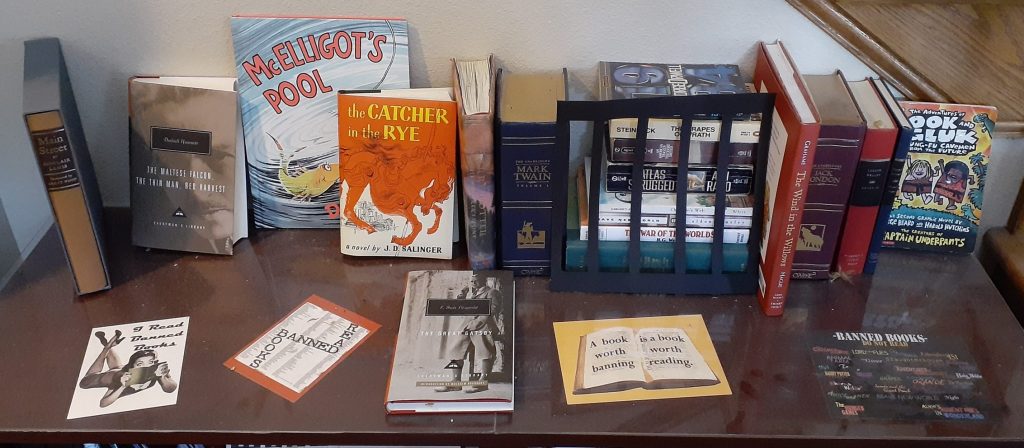
On the list were also various books that I have read before and have no desire read again. There were also various books that for which I have no desire to read even once. I don’t want those books in my home. It’s interesting to lookup why some of the books are banned and also to compare different lists of banned books. Overall, I have found various lists to be a good source of ideas of things to read, but definitely not a comprehensive or even reliable source of quality books. Some banned books are not worth reading (but perhaps shouldn’t be banned).
Many of the banned books are time-tested classics and thinking about such great literature being banned evokes images of historical factions burning books because of the radical ideas contained within. However, in the few months that we’ve had our banned book display in the foyer, my kids saw in the news about certain books being pulled off school and public library shelves–in a couple cases they found our home copies and added to the display.
I find the Disney+ content warnings for The Muppet Show to be silly, but I appreciate that Disney still makes the content available instead of withholding the entertaining shows for various ill-defined reasons. As for books being banned, there are a lot of books out there that I might find offensive–I choose not to read them. There are also books that I do choose to read in spite of the opinions of others.
